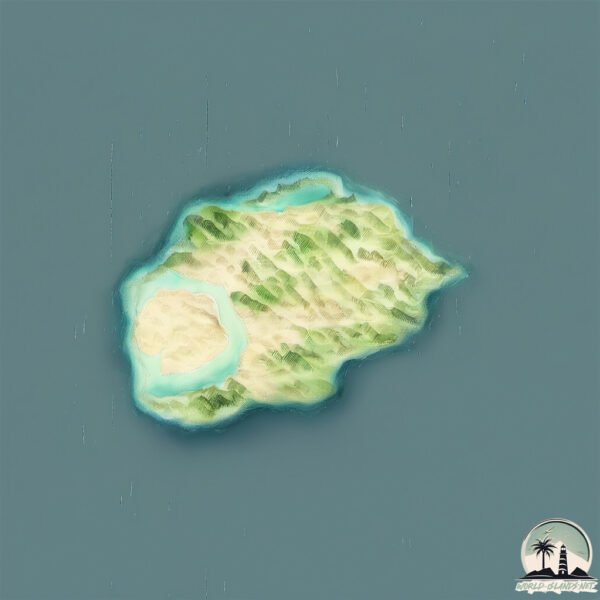Isla de Alegranza

Welcome to Isla de Alegranza, a Dry island in the North Atlantic Ocean, part of the majestic Atlantic Ocean. This guide offers a comprehensive overview of what makes Isla de Alegranza unique – from its geography and climate to its population, infrastructure, and beyond. Dive into the details:
- Geography and Size: Explore the island’s size and location.
- Climate and Weather: Weather patterns and temperature.
- Topography and Nature: Uncover the natural wonders of the island.
- Infrastructure and Travelling: Insights on reaching, staying, and making the most of your visit.
- News and Headlines: Latest News.
Geography and size of Isla de Alegranza
Size: 10.6 km²
Coastline: 16.2 km
Ocean: Atlantic Ocean
Sea: North Atlantic Ocean
Continent: Africa
Isla de Alegranza is a Medium Island spanning 11 km² with a coastline of 16 km.
Archipel: Canary Islands – A Spanish archipelago off the coast of northwestern Africa, known for their volcanic landscapes, unique ecosystems, and vibrant cultures.
Tectonic Plate: North America – Covers North America and parts of the Atlantic and Arctic Oceans, characterized by diverse geological features and varying levels of seismic activity.
The geographic heart of the island is pinpointed at these coordinates:
Latitude: 29.39905085 / Longitude: -13.51093252
Climate and weather of Isla de Alegranza
Climate Zone: Dry
Climate Details: Hot Deserts Climate
Temperature: Hot
Climate Characteristics: Dominated by extremely hot temperatures, this climate is marked by minimal rainfall and barren landscapes. Nights often experience drastic temperature drops.
Topography and nature of Isla de Alegranza
Timezone: UTC±00:00
Timezone places: Europe/Lisbon
Max. Elevation: 129 m
Mean Elevation: 60 m
Vegetation: Shrubland
Tree Coverage: 15%
The mean elevation is 60 m. The highest elevation on the island reaches approximately 129 meters above sea level. The island is characterized by Plains: Flat, low-lying lands characterized by a maximum elevation of up to 200 meters. On islands, plains are typically coastal lowlands or central flat areas.
Dominating Vegetation: Shrubland
Dominated by shrubs and small bushes, these areas are typical in dry, rocky, or sandy environments, as well as in regions with poor soil fertility. Isla de Alegranza has a tree cover of 15 %.
Vegetation: 5 vegetation zones – Highly Diverse Island
With five different vegetation zones, these islands offer a rich tapestry of ecosystems. The variety could include dense forests, open meadows, wetlands, coastal zones, and more. This level of diversity supports an intricate web of life, with each zone playing a vital role in the overall ecological health and balance of the island.
Infrastructure and Travelling to Isla de Alegranza
Does the island have a public airport? no.
There is no public and scheduled airport on Isla de Alegranza. The nearest airport is César Manrique-Lanzarote Airport, located 49 km away.
Does the island have a major port? no.
There are no major ports on Isla de Alegranza. The closest major port is ARRECIFE, approximately 48 km away.
The mean population of Isla de Alegranza is 90 per km². Isla de Alegranza is Gently Populated. The island belongs to Spain.
Continuing your journey, Graciosa Island is the next notable island, situated merely km away.
Spain is classified as Developed region: nonG7: Developed economies outside of the Group of Seven, characterized by high income and advanced economic structures. The level of income is High income: OECD.
News – Latest Updates and Headlines from Isla de Alegranza
Stay informed with the most recent news and important headlines from Isla de Alegranza. Here’s a roundup of the latest developments.
Please note: The data used here has been primarily extracted from satellite readings. Deviations from exact values may occur, particularly regarding the height of elevations and population density. Land area and coastline measurements refer to average values at mean high tide.
